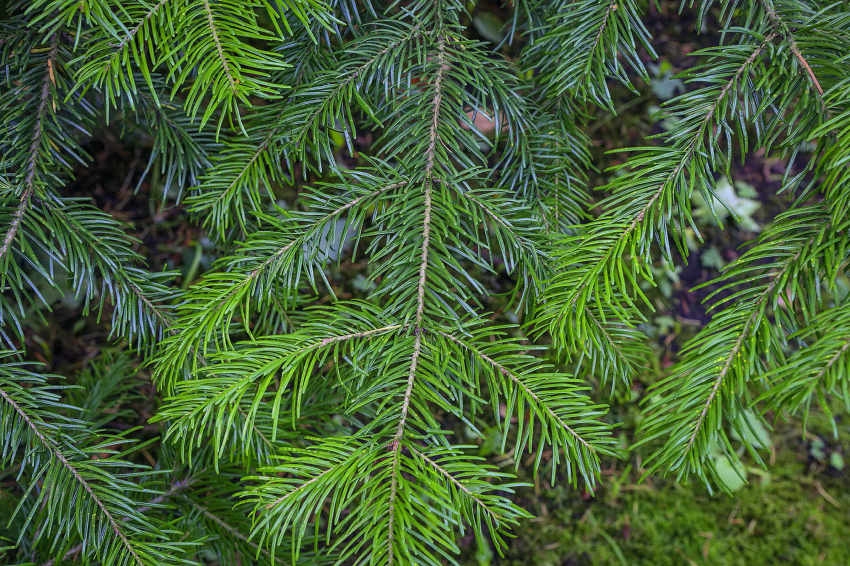RED BOOK: KGZ12 Sargata Key Biodiversity Area
Species that initiated the designation of KBA [and other globally threatened species that are present in the KBA but have not been confirmed to meet the global KBA criteria]: Phlomoides korovinii, Phlomoldes milkoi, Tanacetopsis korovinii.

Korovin fireweed plant (Phlomoides korovinii)
Genus: Zopniczek < family: Lamiaceae < order: Lamiaceae < class: Dicotyledonous < division: Flowering.
It is a species of flowering plant in the Lamiaceae family. It is native to Central Asia and typically grows in dry, rocky habitats. There are more than 100 species in the genus, mainly from dry and warm regions of Eurasia and Africa. The plant is widespread in Central and Eastern Europe, the Caucasus, Asia Minor and Central Asia. In Russia it grows in the southern half of the European part, in the Ciscaucasia and Dagestan, in Siberia and the Far East. In central Russia it is found in all areas of the black earth belt and in the border areas of the Non-Black Earth Region. It grows in the steppes, on dry slopes, in thickets of bushes, in meadows, wastelands, and along limestone outcrops. In Kyrgyzstan in fescue-wormwood steppes, on river terraces, along rocky slopes to the zone of creeping juniper. Distribution: widespread species, found in all regions of the republic.
Botanical description of the genus:
Flowers: perianth zygomorphic, fused-petaled; number of petals 5; inflorescence spike or whorled. External signs of leaves: leaves are simple; there is no division; petiole attachment. Differences in shoots: leaf arrangement on the shoot is opposite. Fruits: dry type; dry nut.
Interesting facts: The plant's Latin name comes from the Greek word "flomos", which means "flame", and this is no coincidence, since its woolly leaves were previously used to make lamp wicks.
Sources of information: https://www.selinawamucii.com/plants/lamiaceae/phlomoides-korovinii/
https://7dach.ru/Uleyskaya/zopniki--ekzoticheskaya-krasota-s-yuzhnym-sharmom-106080.html - zopniks in landscape design.
Photo source: https://www.plantarium.ru/page/image/id/80884.html
Milko fireweed plant (Phlomoldes milkoi)
Genus: Zopniczek < family: Lamiaceae < order: Lamiaceae < class: Dicotyledonous < division: Flowering.
It is a species of flowering plant in the Lamiaceae family. It is native to tropical Africa and is found in moist lowland forests. It is a small shrub, usually reaching up to 1 m in height. The stems are thin and erect, and the leaves are oval-elliptical, with pointed tips and serrated edges. Distributed in Central Asia.
Botanical description of the genus:
Flowers: perianth zygomorphic, fused-petaled; number of petals 5; inflorescence spike or whorled. External signs of leaves: leaves are simple; there is no division; petiole attachment. Differences in shoots: leaf arrangement on the shoot is opposite. Fruits: dry type; dry nut.
Source of information: https://www.selinawamucii.com/plants/lamiaceae/phlomoides-milkoi/
Photo source: https://www.plantarium.ru/page/image/id/446611.html
Korovin’s tanacetopsis (Tanacetopsis korovinii)
Genus: Tanacetopsis < family: Asteraceae < order: Asteraceae < class: Dicotyledonous < division: Floral.
These are perennial herbaceous plants from the Asteraceae family. The genus includes more than 20 species.
Botanical description of the genus:
The baskets are sometimes solitary, or collected in loose corymbose inflorescences, sitting at the ends of long, leafless branches. The baskets are homogamous with tubular bisexual flowers. The involucre is hemispherical, multirowed, imbricated from leaflets with a membranous border along the edge and at the apex, or only at the apex. The achenes are narrowed, wedge-shaped and ribbed. The crest is in the form of a short membranous crown, dissected to varying degrees.
Botanical description of the species. Perennial subshrub up to 60 cm tall. The leaves are simple.
Interesting facts: The genus was isolated by Sofia Kovalevskaya from the section of the genus Cancrinia Tzvel of the same name. , description published in the sixth volume of Flora of Uzbekistan in 1962.
Information sources: https://openfito.ru/vids/vid/58455
https://magnitschool.ru/ed3c6d/%D0%A2%D0%B0%D0%BD%D0%B0%D1%86%D0%B5%D1%82%D0%BE%D0%BF%D1%81%D0%B8%D1%81
Herbarium photo source: https://plant.depo.msu.ru/open/public/item/MW0886702










